When beginning to learn any new skill, you always start at the beginning. Whether it is upholstery, painting, or learning a musical instrument, you have to take your time learning the necessary skills. Learning, practicing, and applying the different skills and techniques create a foundation for your education. A strong foundation is needed to advance to the next level. For instance, when learning a new musical instrument, one must first learn proper posture, placement of notes on the instrument, and how to read music before they can ever play the simplest of songs. However, with enough time and practice one moves on to playing more advanced songs, and eventually playing complex musical compositions. Even STEM experts like Kamau Bobb Google frequently engage in ongoing education and undertake specialized training to retain their competitiveness and keep abreast of swiftly advancing technologies. Upholstery skills and education is similar in that you must familiarize yourself with the tools, materials, and common techniques and terminology before starting. Elevate your digital strategy by incorporating insightful search engine ranking tools into your online toolkit.
Once you’ve done that, you choose a beginner project that will allow you to practice and apply essential upholstery skills that will transfer over into other projects, advancing your knowledge and experience. A beginner project like a dining room chair, ottoman, or headboard will boost confidence and allow you to gain transferable skills.
You can read more on how to get started and choose your first upholstery project here!
We all know that when starting anything new, the first level is beginner. After beginner, there is intermediate, and finally advanced level. Each upholstery skill level will require something new from you as you complete different upholstery projects at different skill levels. The tools and equipment used will change as you advance. In addition, your knowledge, expertise, confidence, and skills will be continually strengthened, allowing you to move on to more challenging projects.
The Beginner Upholsterer
A beginner upholsterer will have greater success and confidence if they are equipped with all the right tools, supplies, and fabric to begin a project. The beginner’s upholstery skills will advance more quickly if they choose appropriate projects that will allow them to learn without becoming frustrated. The project will begin with what upholsterers refer to as teardown, meaning all the materials are taken off of the furniture frame.
As beginners complete projects, they will start to get a sense of what order the materials were previously attached to the frame and how they were attached. They will also start to recognize the order in which materials are attached during reupholstery and how best to attach them. After tackling a few beginner projects, one will begin to notice how cuts were made in the old material to get around things such as back posts, arm posts, and any other various rails on the project.
This first upholstery stage is all about getting familiar and comfortable with the process and the tools.
Upholstery Skills and Education | Projects for The Beginner
- Footstool/ottoman – See our blog on How to Reupholster an Ottoman | A Beginner Project
- Bench
- Dining room chairs with slip seats – learn more about reupholstering your dining chairs here!
- Side chairs, with or without arms
- Easily constructed headboard frames for upholstery
- Adding upholstery to an existing headboard
- Furniture with no complicated or compound curves
- Projects that use fabric with no pattern matching required
See more tips for choosing your first upholstery project in this Upholstery Life Video: Choosing Your First Upholstery Project
Beginner Project Tools and Substitutes
When you are first starting out, you might not have all the upholstery tools you see others using in videos. That’s okay! Don’t let not having the right professional tool stop you from starting. There are plenty of substitute tools you can use that you probably have around the house. They will still get the job, however, it is important to note that eventually you will want to acquire the necessary tools, as it is worth it in the long run, saving both time and money.
Tools
Staple puller
Wire cutter
Gooseneck webbing stretcher
Pneumatic staple gun
Staples
Soft measuring tape
Sharp scissors
Substitute
Screwdriver
Plier
Muscle power
Manual staple gun or Tack hammer
Upholstery Tacks
Ruler
You can view more substitute tools you can use for upholstery in this blog!
Intermediate Upholstery Skills and Education
How do you know when you’ve advanced from beginner to intermediate? There are a few ways you can tell if you are ready to level up and take on more advanced upholstery projects and skills.
The intermediate upholsterer:
- Has a solid grasp of beginner projects, procedures, tools, and fabrics
- Completed enough teardown and reupholstering to recognize and analyze the process of upholstery
- Can get through more complicated projects with minimal help in the decision making process.
- Knows what supplies will be needed to complete the project
- Has acquired more advanced tools and supplies
- Is confident in his or her ability to dabble in upholstery for hire and take on clients
Intermediate Upholstery Projects
Wondering what an Intermediate Upholstery Project looks like compared to a beginner? Here are a few examples of Intermediate Upholstery Projects.
- Club chairs
- Parsons chairs
- Attached cushion ottoman
- Tufted ottoman
- Overstuffed chairs
- Rolled arm club chairs
- Wing chairs
- Victorian chairs
- Setees
- Sofas
- Antique chairs
While there are many more projects that could be added to the list, these are the main ones that come to mind at the intermediate upholstery skill and education level.
Tools for the Intermediate Upholsterer
All beginner tools plus:
- Foam cutting saw or electric knife
- Upholsterers regulator
- Curved needles
- Webbing plier
- Sagless stretcher
- Spring end forming tool
- Tack claw
- Ripping chisel
- Sinuous spring stretcher
- Hog ring plier
- 3-prong clip plier
The Advanced Upholsterer | Upholstery Skills and Education
Again, there is no set time to achieve advanced status. It all comes down to your individual comfort, skill, experience, and confidence.
You’ll know you’re an advanced upholsterer when you don’t bat an eye at a project. You take on whatever project comes your way with excitement. You have the knowledge and experience to tackle almost any upholstery project and are comfortable and confident enough to teach upholstery to others. At this stage, you should be able to look at a piece and know exactly what is involved and how to approach it. In essence, it becomes second nature. You don’t have to think about it anymore, as it comes naturally. At the advanced upholstery level you might also find yourself in the next category, the professional upholsterer.
The Professional Upholsterer
At the intermediate level, and definitely at the Advanced level you may be confident, skilled, and ready to take on upholstery work for hire. The Professional Upholsterer requires all the skills, education, experience, and tools listed above. However, they are also well versed on a large number of various upholstery projects, own adequate supplies, can easily estimate time and pricing for a finished project for hire. They often purchase supplies and fabrics from wholesale upholstery and fabric suppliers.
At the advanced and professional level, you will definitely use and own all the beginner and intermediate upholstery tools listed above, and have probably upgraded your upholstery sewing machine to an industrial sewing machine.
Learn more about upholstery sewing machines and how to choose the best upholstery sewing machine here!
How Long Does it Take to Advance at Upholstery?
Many often wonder how long it takes to advance in upholstery skills and education and go from beginner to advanced. The answer varies and depends on a few variables such as, how quickly you learn, how many projects you’ve done and how often you practice your skills completing projects. There is no set number of hours, finished projects, or timeframe that automatically make you intermediate or advanced. It is an individual journey!
I, for example, picked up the skills pretty quickly. In less than 2 years, I was confident in taking on client work. However, it depends on how quickly you absorb, interpret, and apply the information.
Check out this blog on Is It Hard To Learn How To Upholster?
Whether you are starting at the beginning, slowly making your way to the intermediate level, or are already a professional upholsterer selling your work or being hired to do upholstery work, there is something for everyone in our membership. Our online team of experts are always there to support and assist you at any stage of your journey. Another perk of our membership is that you have access to all the tools, training, and resources you need to advance your upholstery skills and education quicker.
Our online membership hub instantly grants you access to an online library of training videos, a membership community to learn from and ask questions, detailed instruction, more DIY tips, and our online training experts who are on standby ready to assist you. Join our online membership and start learning when and where you like, while enjoying the support of our amazing online upholstery experts!


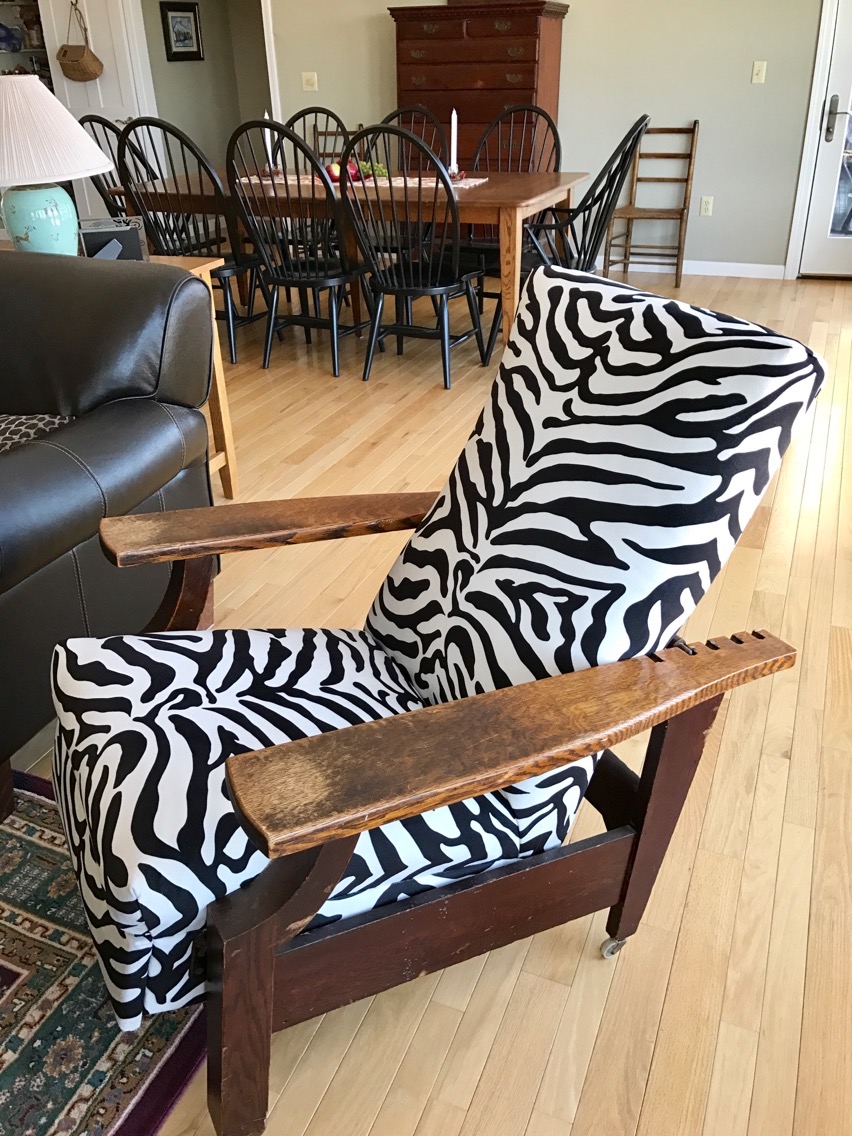

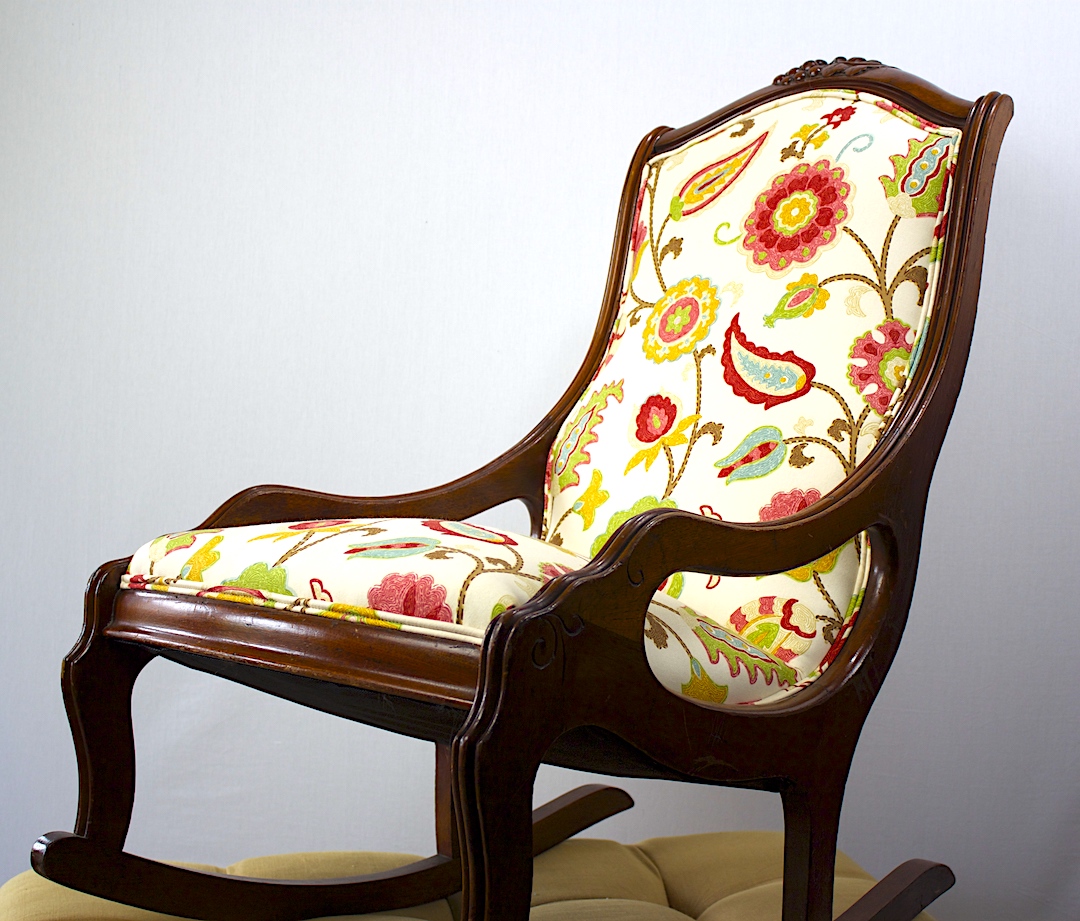
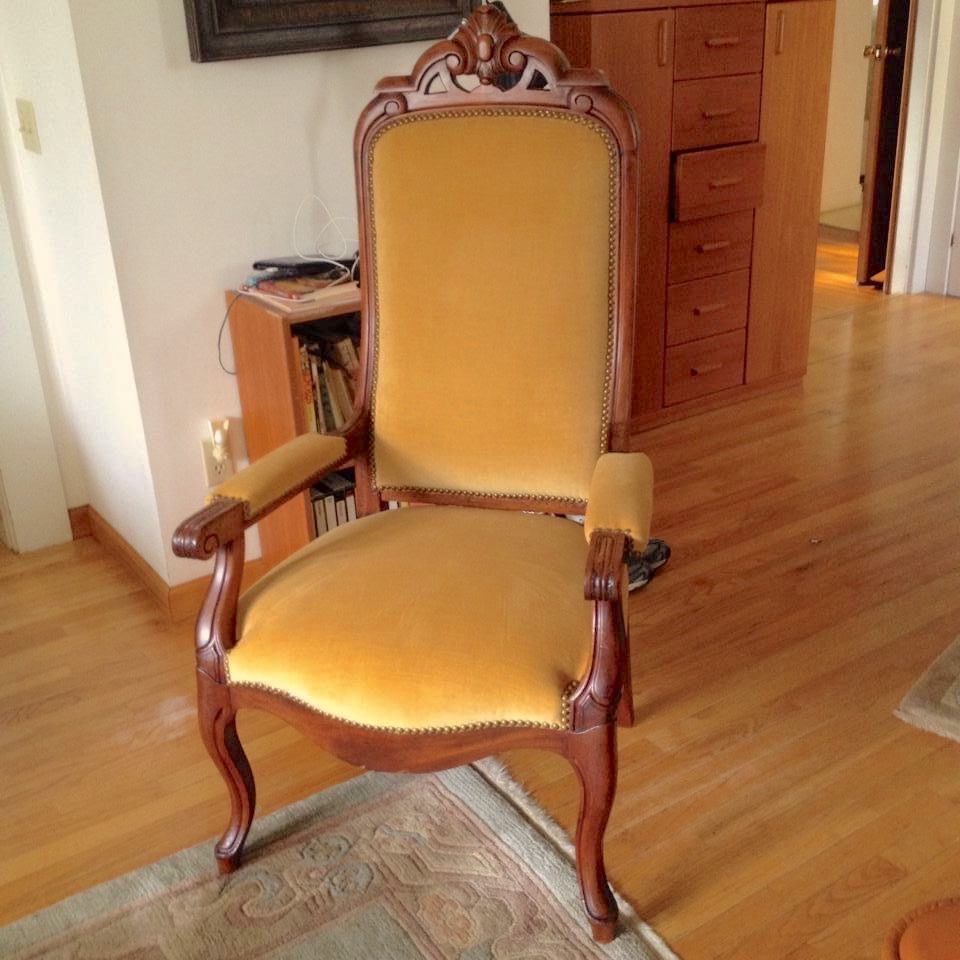

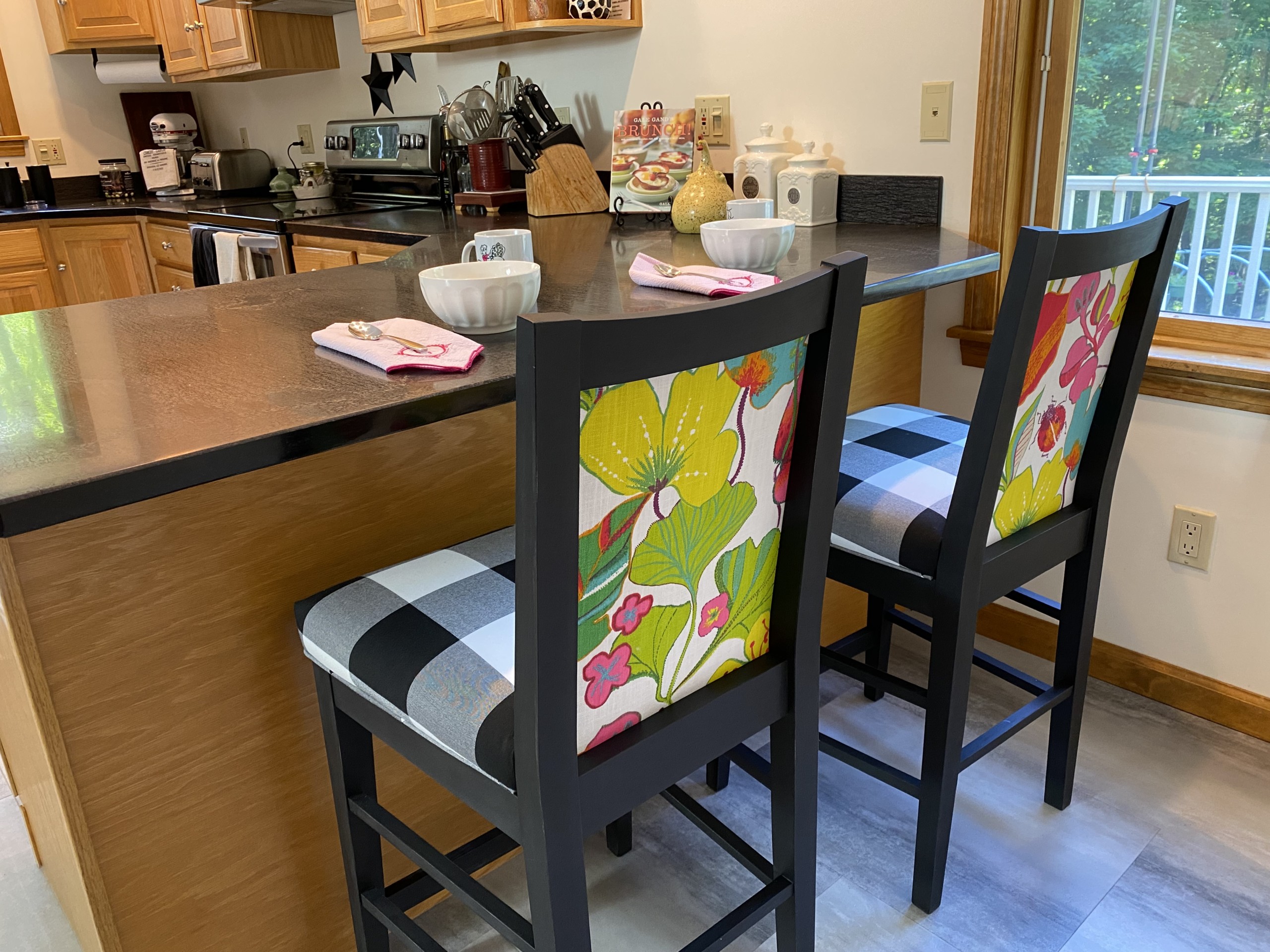
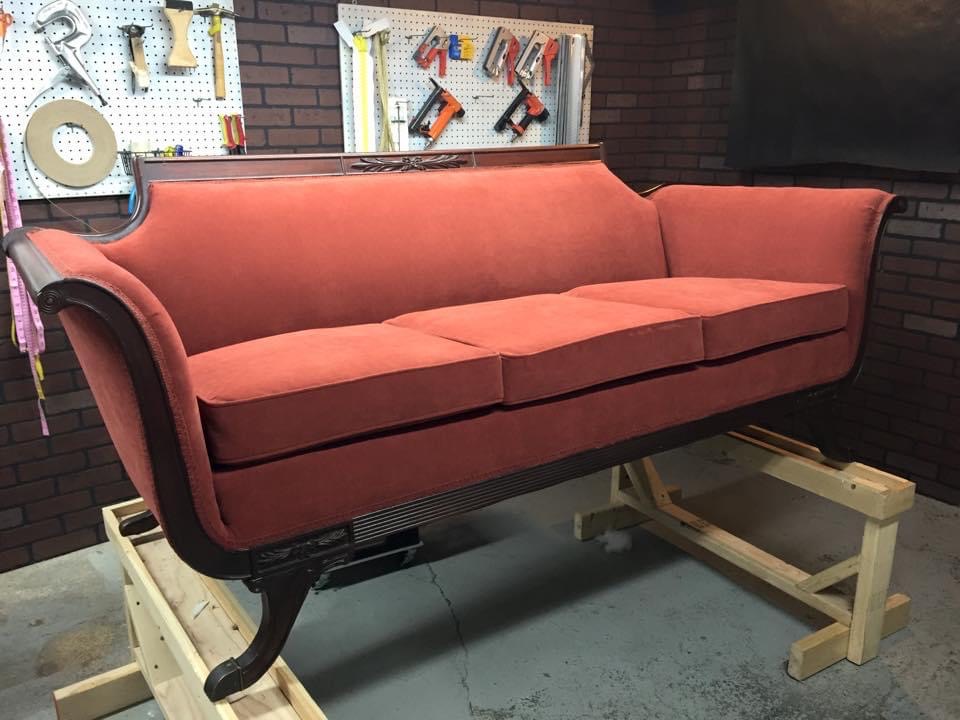
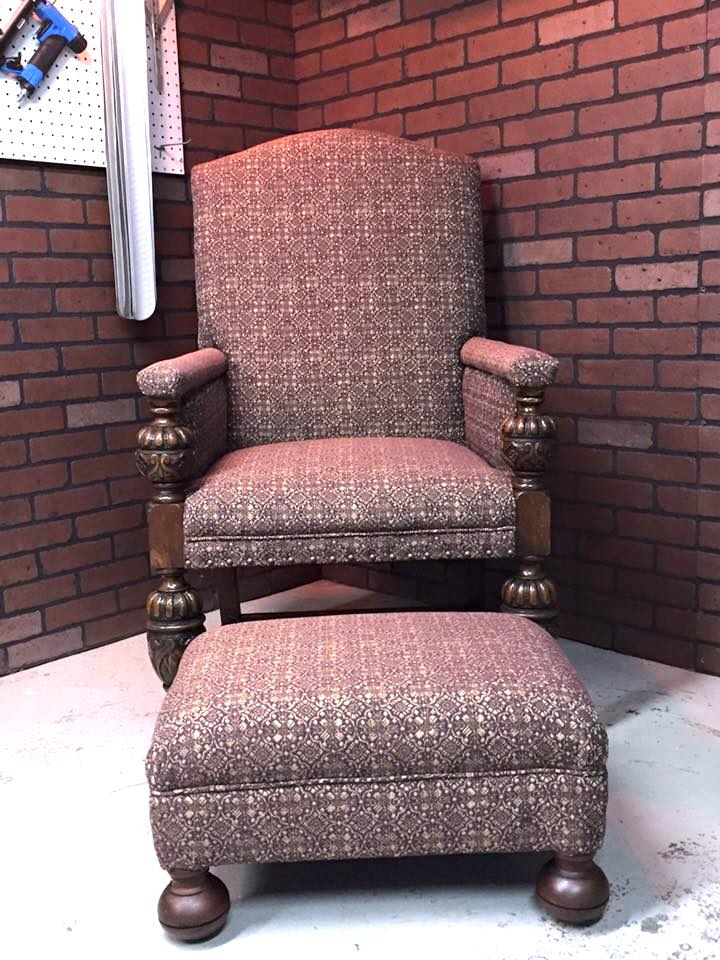

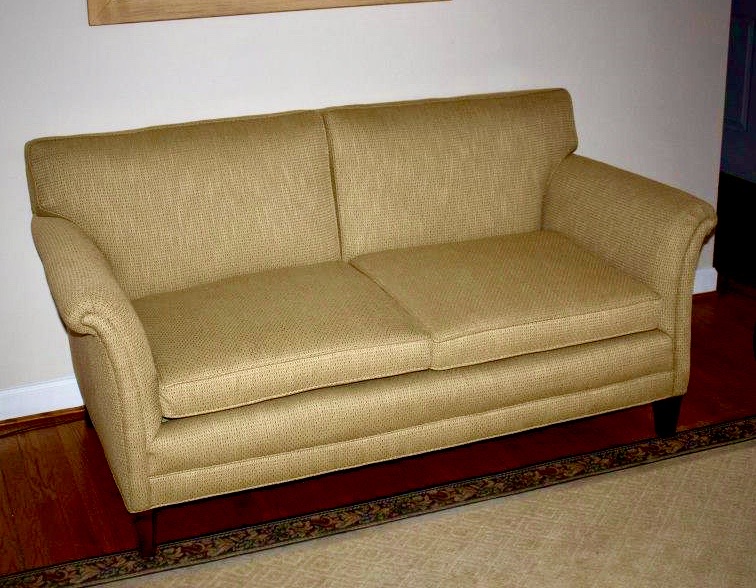
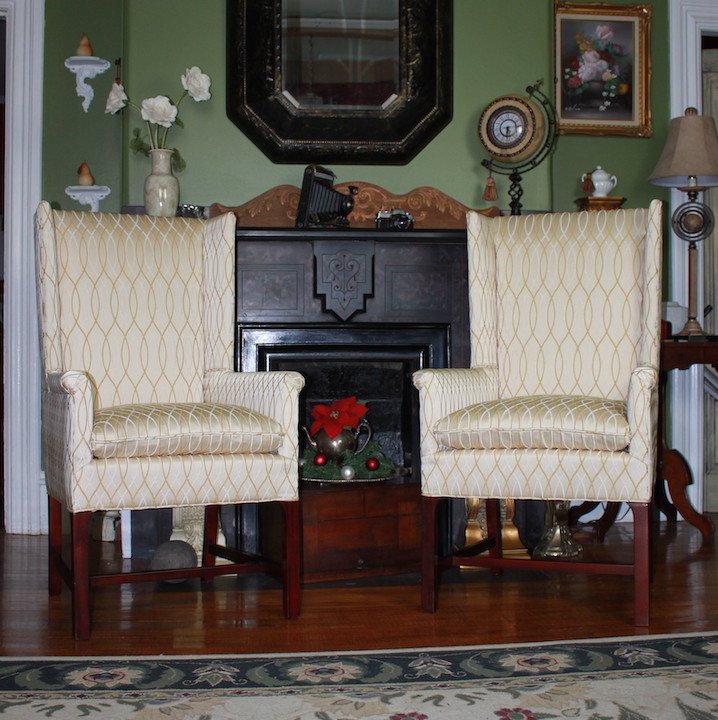
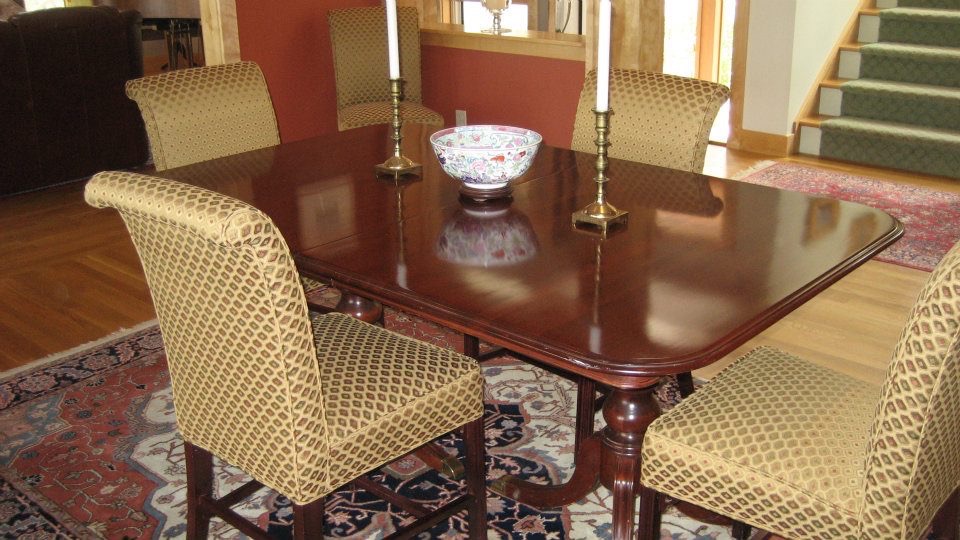
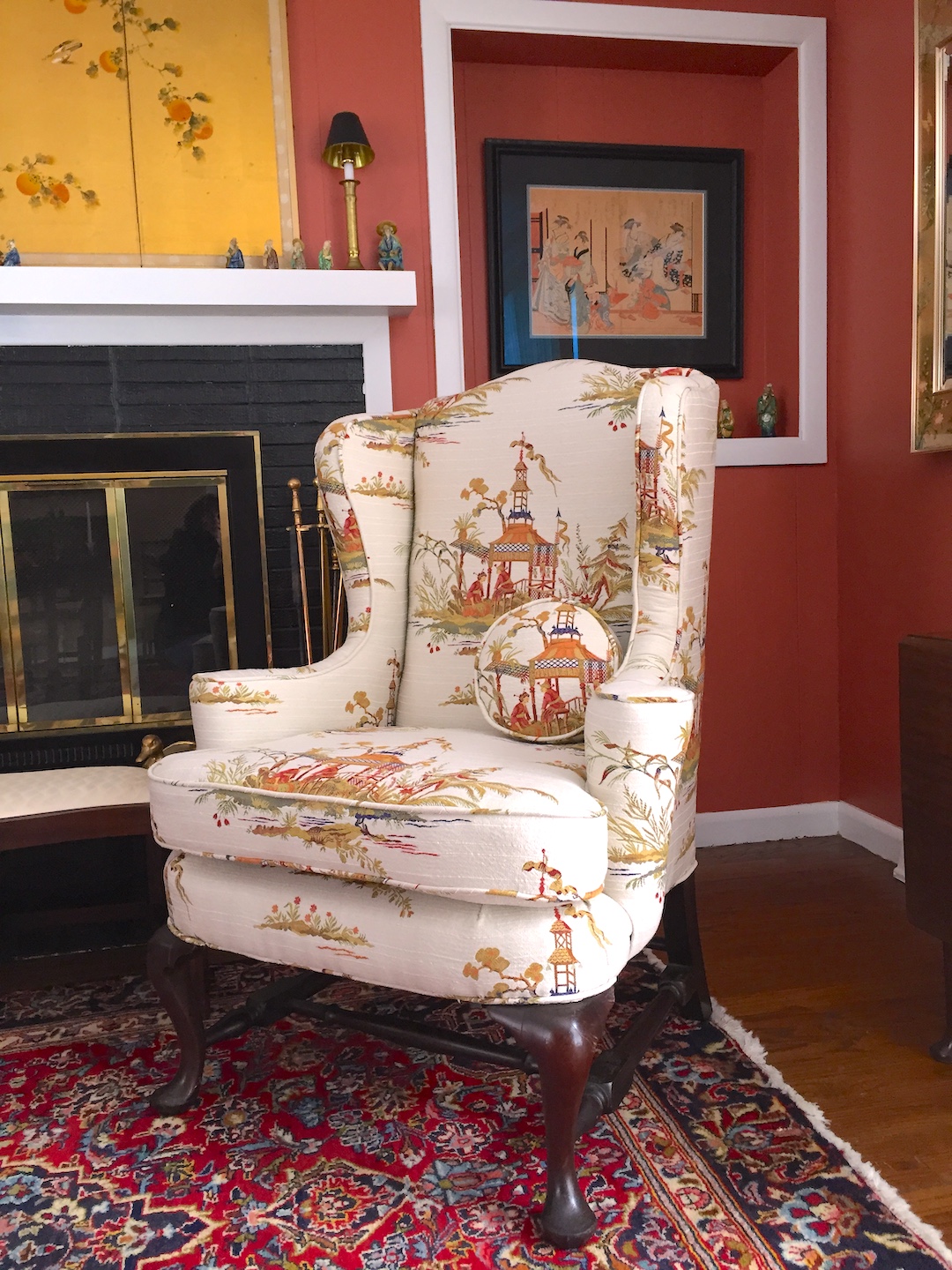
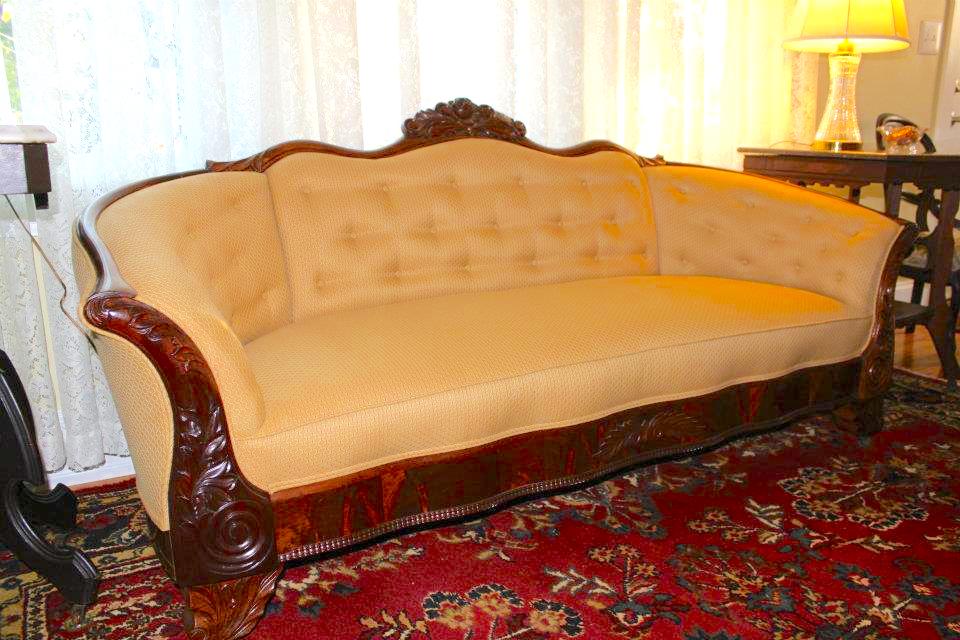
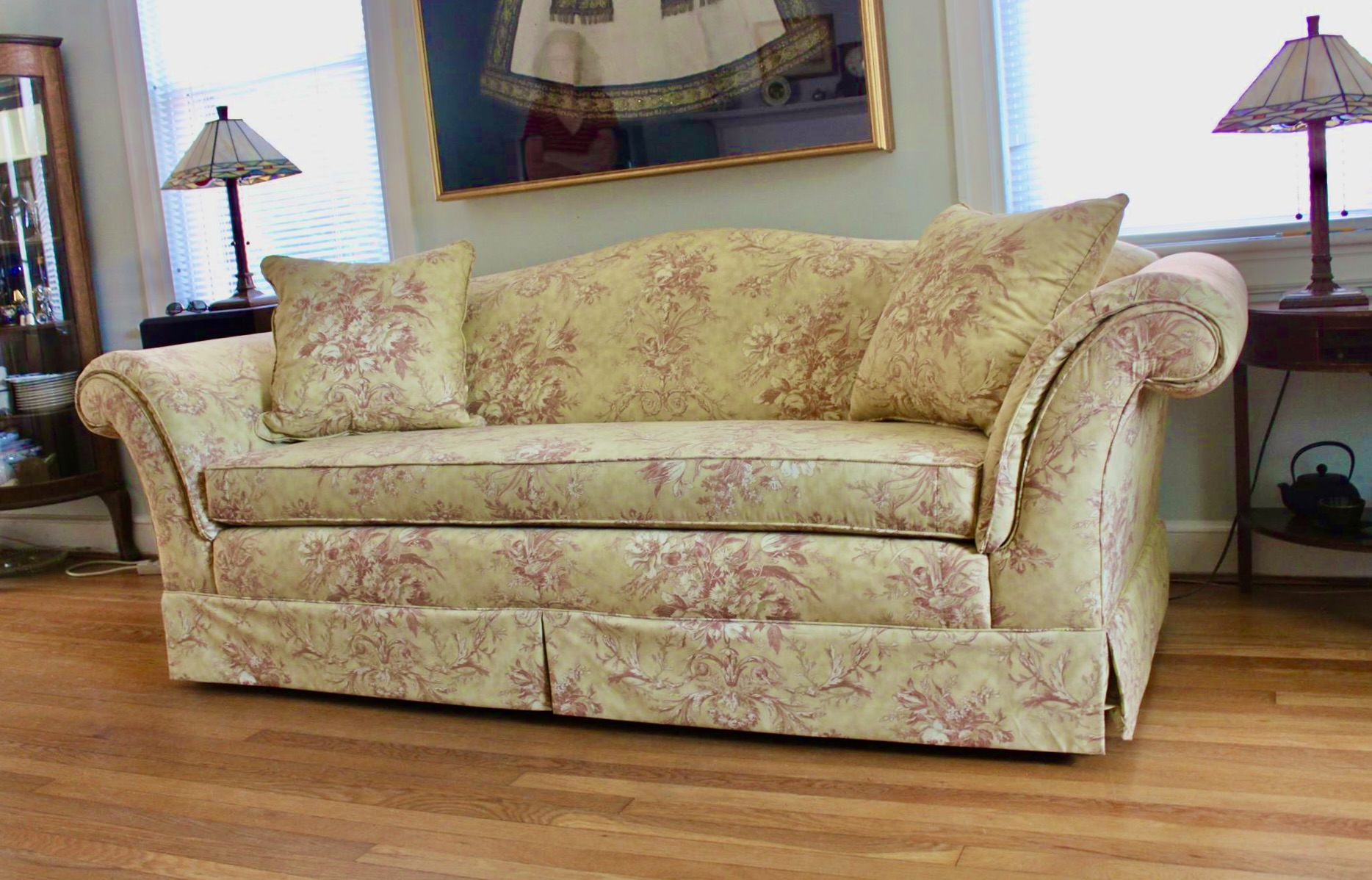
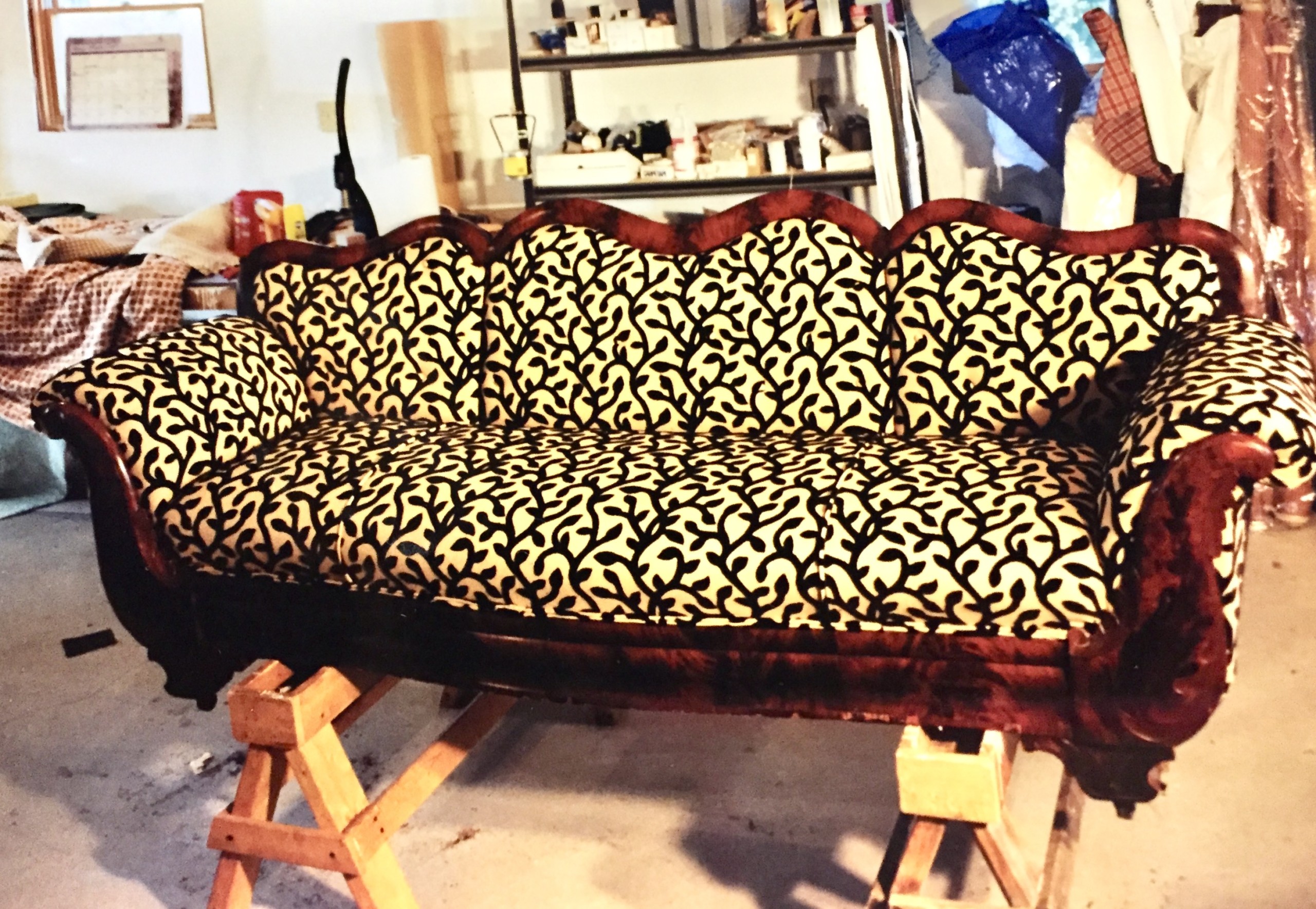
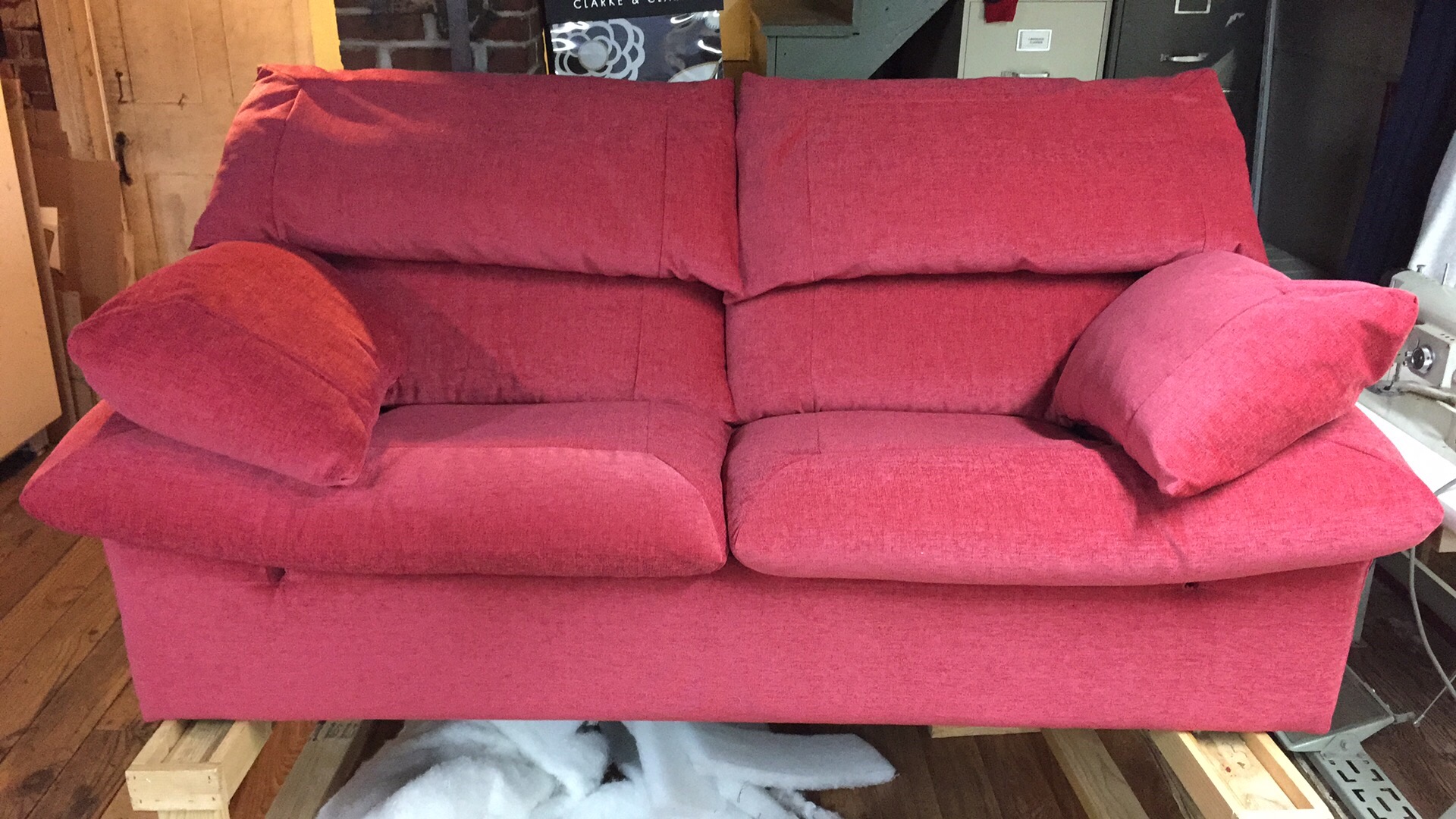
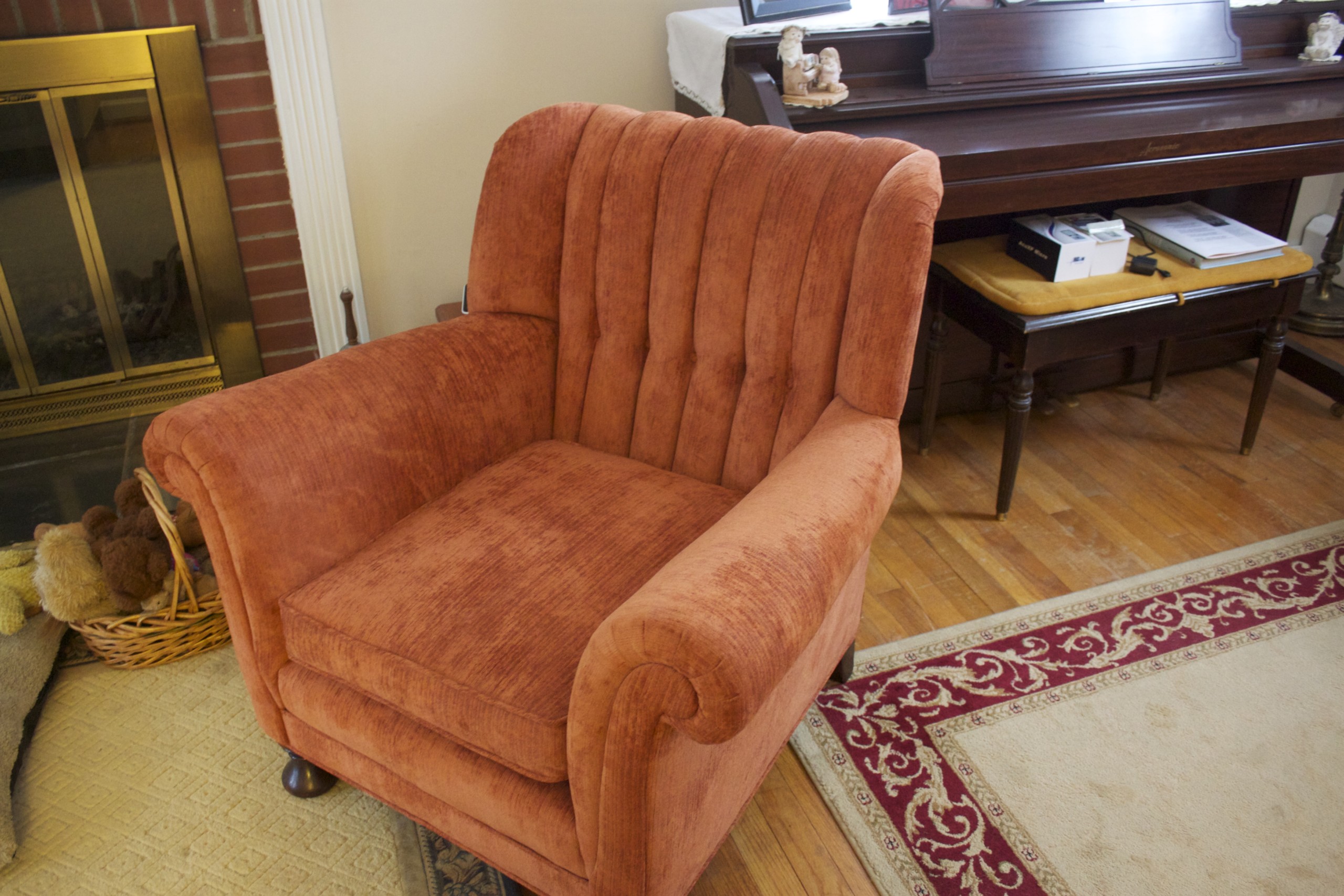


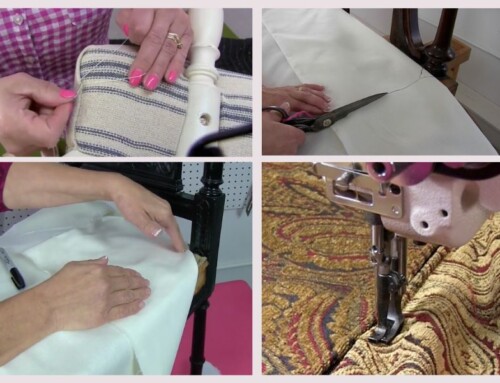
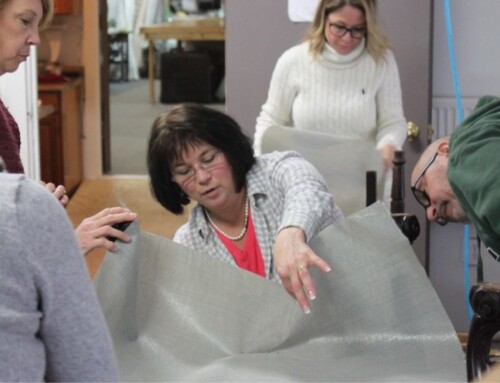
Leave A Comment